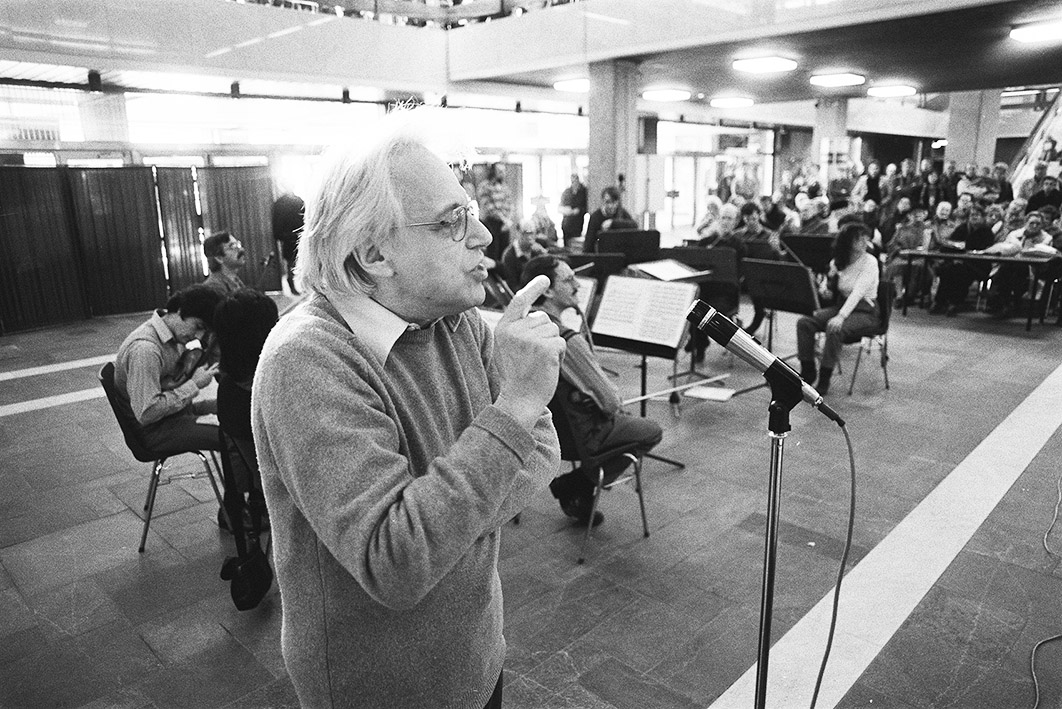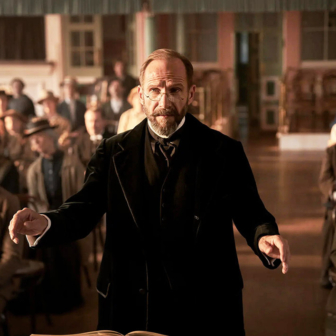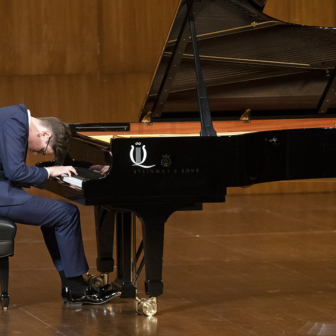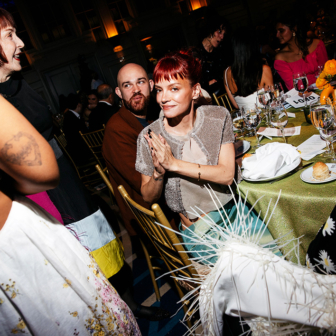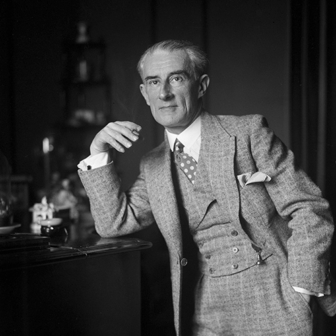The first time I interviewed Paul Kelly on The Music Show, I was starstruck enough to ask him to sign my copy of his greatest hits album, Songs from the South. This was in 1997, and above his name he wrote, “Keep your ears open,” causing me, at the time, to feel mildly miffed. What else would I be doing? I was broadcasting and writing about music and, when I wasn’t, I was composing the stuff. You can’t do any of those things well unless you keep your ears open.
But I’ve come to see that Kelly’s advice was both sage and pertinent — more pertinent with every passing year. As we get older, we have a tendency to know what we like and like what we know; some people develop this quite young. For a commentator on music, it’s vital to resist such ossification, but how does one manage it as a composer? When artists are making their late work — and who knows, maybe I am — aren’t they meant to retreat into themselves, to plumb the deepest parts of their creativity, to come up with refined, profound, possibly even mystical works?
That we think this way is Beethoven’s fault. It is hardly surprising that, as deafness overtook him, he should have withdrawn into the world of his imagination; but those late pieces — the final sonatas and quartets, the Diabelli variations and the Missa solemnis — were music without precedent, and for the past 200 years they have offered an object lesson in “late style” not only to other composers but to artists in general. T.S. Eliot’s Four Quartets are at one level a homage to Beethoven’s final quartets.
Well we can’t all be Beethoven, and anyway perhaps his example leads us astray. The Hungarian composer György Ligeti (1923–2006), whose centenary falls this year, offered an alternative to the interiority of Beethoven’s last years with his own endless inquisitiveness (it probably helped that he wasn’t deaf). He also demonstrated that a composer’s openness to influence is not the same as musical kleptomania.
Although of the same generation as Luigi Nono, Pierre Boulez and Karlheinz Stockhausen, Ligeti never fitted the mould of the postwar avant-gardist. In their early careers, at least, the other composers tended to be single-minded in their dedication to a kind of modernist purity, but Ligeti was interested in everything. The music he invented in the 1950s and 60s was influenced in part by East European folk music, both directly and via his compatriot Béla Bartók, though it became increasingly hard to hear this as the composer piled line upon musical line. In a piece such as Atmosphères (1961), Ligeti gave each instrument of his very large orchestra its own part. The fifty-six string players, instead of forming up into sections — all the first violins playing one line, all the second violins another — had fifty-six individual lines, resulting in a buzzing blur of sound that became the composer’s trademark and earned his music a prominent place on the soundtrack of Stanley Kubrick’s 2001: A Space Odyssey.
In 1973, Ligeti composed Clocks and Clouds, a piece for women’s choir and orchestra, its title borrowed from an essay by the philosopher Karl Popper. In “Of Clouds and Clocks,” Popper divided phenomena into two sorts, the precisely mechanical (clocks) and the indivisible (clouds), the latter, in post-Newtonian terms, made up of the former. “All clouds are clocks, even the most cloudy of clouds,” Popper summarised, before instantly debunking the notion. In Popper’s view, something like the opposite was true and all clocks were clouds, “to some considerable degree – even the most precise of clocks.” Either way, the philosopher might have been describing Ligeti’s music.
Atmosphères predated Popper’s essay by five years; no wonder Ligeti was receptive to the title. It’s often the way: Picasso’s confrontation with African masks at the Trocadéro in 1907 didn’t send him in a new direction, it clarified something he was already doing; when Steve Reich heard tribal drummers in Ghana, the experience confirmed to him he was on the right path with his repetitious music of gradually shifting patterns. Whether we are artists or not, we are none of us likely to be influenced or affected by things unless they spark a connection with our own imaginations.
In Alan Bennett’s play The History Boys, Hector, the boys’ teacher, has a speech about the joy of literature. “The best moments in reading,” he says, “are when you come across something — a thought, a feeling, a way of looking at things — which you had thought special and particular to you. Now here it is, set down by someone else, a person you have never met, someone even who is long dead. And it is as if a hand has come out and taken yours.”
Naturally there is more to reading than that, but those moments of recognition are important, and it’s the same with music. Ligeti, whose openness to influence never ceased, seemed to make more of these connections as he got older. In the 1980s and 90s, as the textures of his music thinned out and his rhythmic complexity grew — or grew more audible — he became interested in fractal geometry and chaos theory, the complex jazzy syncopation in the player-piano music of Conlon Nancarrow, and the music of sub-Saharan Africa, particularly the hocketing techniques of pygmies, whose fractured melodic lines bounce back and forth between voices.
In interviews, the composer spoke of his new enthusiasms, and at the time it seemed as unlikely as the reappearance in his music of clear tonal centres, where once had been dense clusters of pitches. His music was perhaps the most recognisable modernist music there was — even, thanks to Kubrick, to the general public. Why would he go changing now?
But Ligeti wasn’t changing — like Beethoven, he was refining his music, allowing it to speak more vividly, discovering greater emotional depth — and those later influences no longer seem surprising. The more we hear Ligeti’s earlier music and look at how he wrote it down, the more we notice that the composer was already concerned with what these new stimuli had to offer him. The syncopation and hocketing were already there in the mid 1960s, even if they were hidden beneath multiple layers of the same thing, and the fractals and chaos theory are both aspects of Popper’s cloudy clocks.
And Paul Kelly? I don’t know whether, back in 1997, he was already obsessed by the poetry of Shakespeare and Donne, Emily Dickinson and Kenneth Slessor, or whether this came later. Either way, these great poets, and others whose words he has found himself setting to music in recent times, spoke to him because he had left himself open to their influence. •
